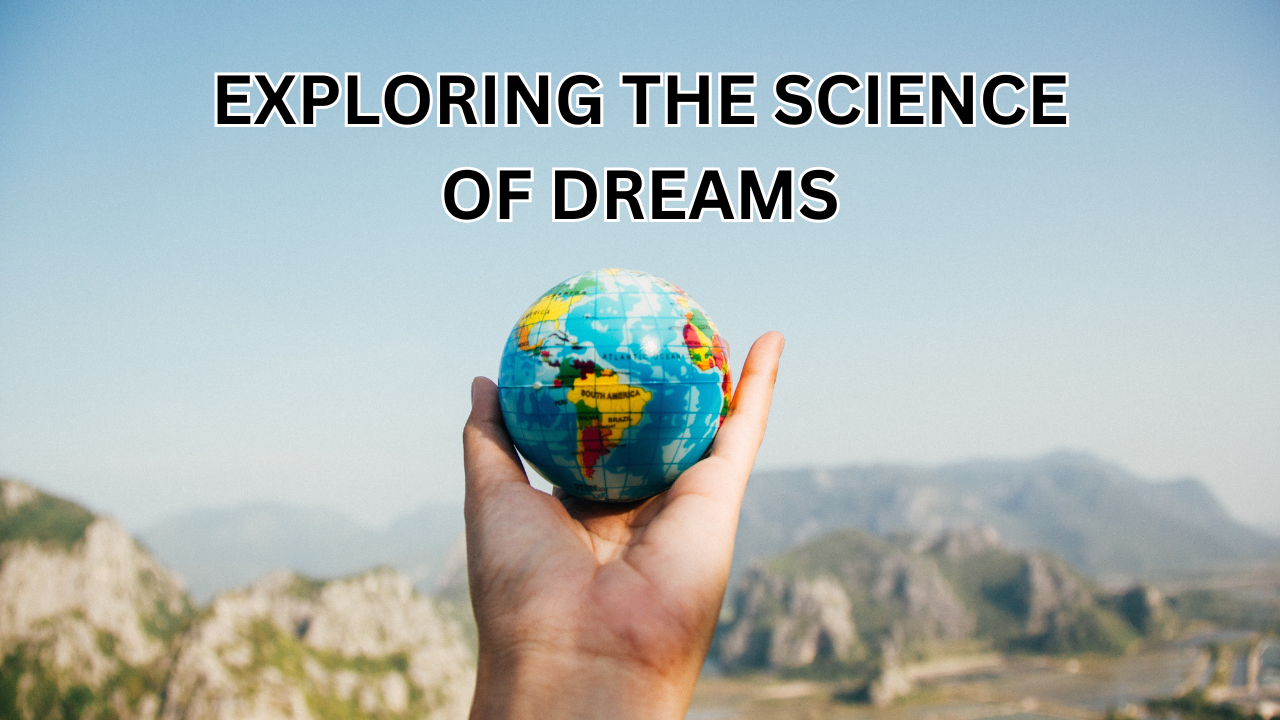Dreams the mystical of our subconscious have fascinated humans for centuries as we surrender to sleep our brains embark on a labyrinthine journey of neutral activity weaving together fragmented thoughts emotions and memories research reveals that dreams occur primarily during REM sleep when the brain waves mimic wakefulness suppresses rational thinking this allows the subconscious to roam free processing and consolidating memories regulating emotions and even sparking creativity this brain default mode network typically active during self-reflection dominators dreamscapes blurring boundaries between reality and fantasy symbols metaphors and archetypes emerge reflecting our deepest desires fears and motivations.
Where consciousness awakened within the dream offers a glimpse into the neural correlates of self-awareness studies employing neuroimaging techniques like fMRI and EEG have begun to unravel the neural mechanisms governing dream formation by deciphering dreams we gain insights into the intricate dance between cognition emotion and subconscious processing this fascinating realm continues to inspire scientific inquiry from frauds psychoanalytic theories to contemporary discoverers in neuroscience as we delve deeper into the science of dreams we may unlock the secrets of human consciousness itself.
Stages of Sleep and Dreaming:
Sleep is a vital and intricate process that unfolds in cycles consisting of several stages each with distinct characteristics and functions it begins with non-rapid eye movement (NREM) sleep, divided into three stages the first stage is a light sleep where the body begins to relax with slower breathing decreased heart rate and occasional muscle cramps this is followed by the second stage where sleep deepens as body temperature drops and brain wave activity slows interrupted by occasional bursts of rapid activity called sleep spindles the third stage also known as deep sleep or slow-wave sleep is the most refreshing during which the body repairs tissues strengthens the immune system and consolidates physical energy.
Where brain activity increases to a level similar to wakefulness this is the phase most associated with vivid dreaming as the brain processes emotions memories and experiences from the day during REM sleep the body undergoes temporary muscle paralysis preventing physical responses to dreams REM is crucial for cognitive function like memory consolidation learning and emotional regulation these stages cycle repeatedly throughout the night with each cycle lasting about 90 minutes ensuring the body and mind receive the recovery and integration needed for optimal health and functioning.
Brian Region Involved in Dreaming:
The brain region primarily involved in dreaming is the brain limbic system particularly the amygdala and hippocampus as well as the occipital and frontal cortex area Dreams are most vividly experienced during the rapid eye movement (REM) phase of sleep a stage where brain activity resembles wakefulness the amygdala responsible for processing emotions often influences the intense or bizarre emotional experiences within dreams the hippocampus which plays a central role in memory formation and recall integrates fragments of past experiences into dream scenarios sometimes blending real-life memories with imagined situations.
The prefrontal cortex the center for logic and reasoning becomes less active during REM sleep allowing the surreal and often illogical nature of dreams to take shape visual processing regions such as the occipital cortex contribute to the vivid imagery seen in dreams this interconnected network of brain areas creates a dynamic mental space where emotions memories and creative thought interact forming the complex and fascinating experience of dreaming.
Theories of Dreaming:
Theories about why we dream are diverse and stem from psychological, neurological, and evolutionary perspectives each offering unique insights into this mysterious phenomenon Sigmund Freud’s psychological theory suggested that dreams are a manifestation of repressed desires particularly unconscious wishes related to instincts and unresolved conflicts making them a window into the unconscious mind in contrast Carl Jung believed dreams serve as a pathway for self-discovery integrating conscious and unconscious aspects of the psyche.
The information processing theory suggests that dreaming aids in memory consolidation helping the brain organize and store experiences while the threat simulation theory posits that dreams prepare individuals for real-life challenges by creating simulated scenarios modern cognitive theories view dreams as an extension of waking thought a playground for the brain to solve problems and explore creative possibilities despite the diversity of these theories they converge on one idea dreams are not merely random but hold significance for understanding the mind whether through emotional processing memory functions or evolutionary advantages.
Function of Dreaming:
The function of dreaming remains a topic of extensive debate but researchers agree that it serves several important roles for the brain and body one prominent function is emotional regulation as dreaming provides a safe space for processing intense emotions and unresolved conflicts helping individuals cope with stress and psychological challenges dreams are also deeply connected to memory consolidation where the brain organizes and stores newly acquired information integrating it with existing knowledge by replaying or reshaping experiences dreams may strengthen neural pathways and improve problem-solving skills.
Scientists suggest dreams play a role in creative thinking as the brain free from the constraints of waking logic can explore novel ideas and unconventional solutions evolutionary theories highlight dreaming’s potential as a threat simulation mechanism where individuals rehearse responses to dangers in a low-risk environment enhancing survival skills on a physiological level dreaming may reflect the brain’s efforts to maintain its functional integrity during sleep ensuring optimal performance when awake the exact purpose of dreaming remains elusive its impact on emotional well-being cognitive processing and even physical health underscores its significance in human life.
